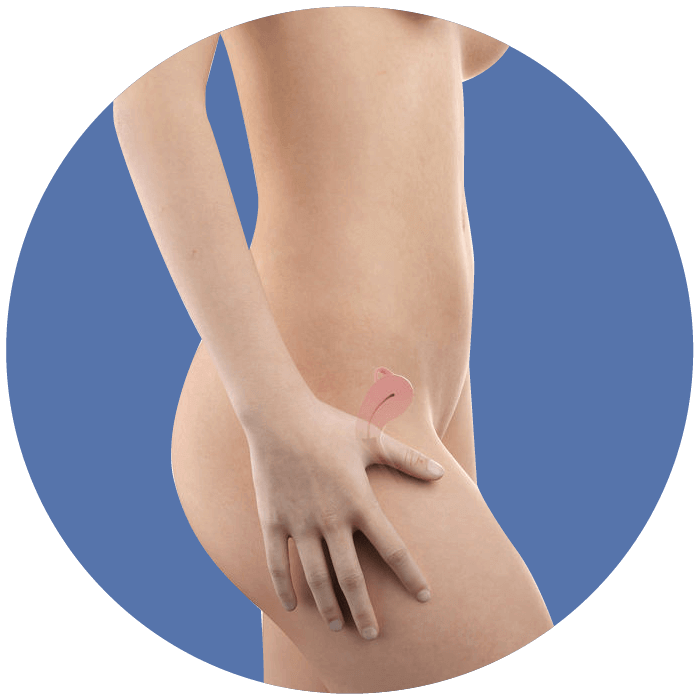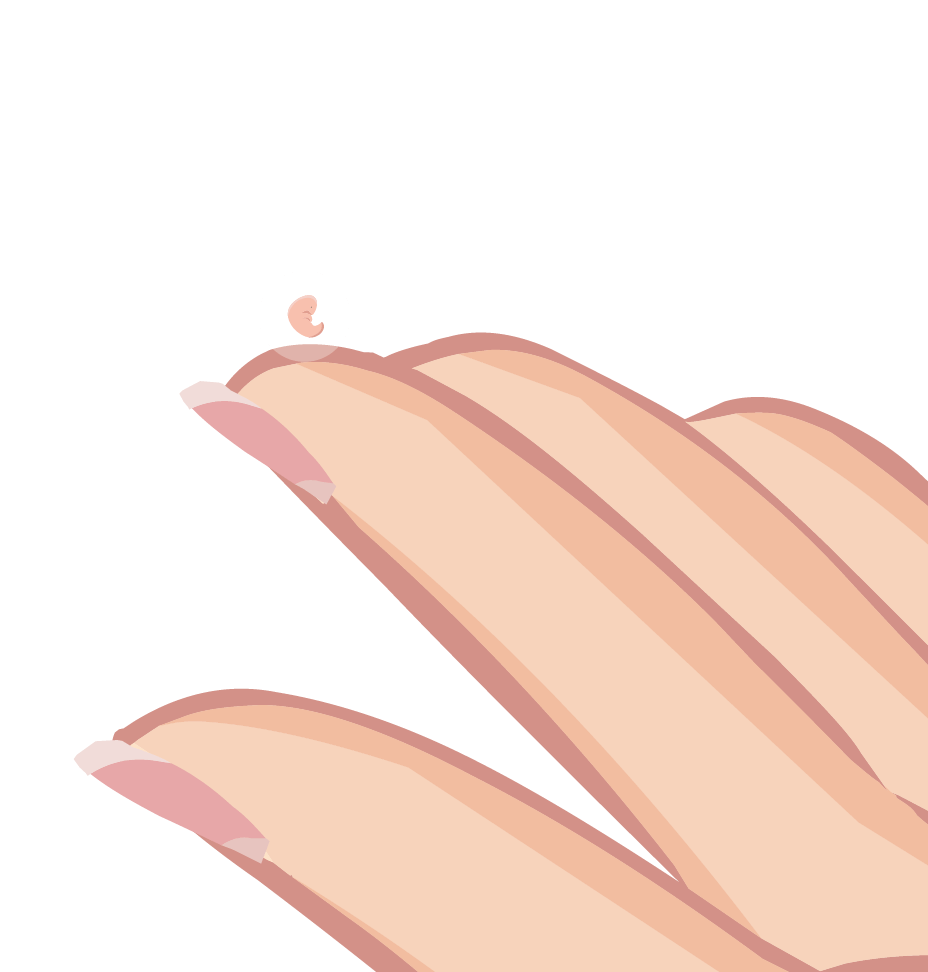
Your bump probably hasn't started to show yet, but here's roughly the size of your baby right now.
Days

Measuring your trimester by Gestation is the most common method. This is most likely what your doctors will be referring to when they discuss your trimesters. Dates are calculated based on your Last Menstrual Period.
1 Starts
2 Starts
3 Starts
Trimester
1 Starts
Trimester
2 Starts
Trimester
3 Starts
It's been more than two weeks since the start of your last period, so it's possible (depending on when you ovulated) that you conceived this cycle. If you did conceive, a single sperm penetrated your egg within 24 hours of ovulation. This usually occurs in the upper part of the Fallopian tube. After fertilization, your egg seals itself to prevent other sperm entering. Your egg provides half of the chromosomes required to create a baby and the sperm provides the other half. It's the sperm that provides the sex chromosome (y for boy, x for girl).
At this stage your baby is a microscopic collection of cells! After fertilization the chromosomes from sperm and egg combine and create a cell that starts to divide and become a collection of cells known as a blastocyst. The blastocyst continues to multiply and grow as it moves down the Fallopian tube toward your uterus.
Some women experience pregnancy symptoms as early as 6 days after ovulation - so keep an eye out for symptoms. Tender breasts are the first symptom most women notice. See more early signs of pregnancy
If you're not already taking prenatal vitamins, start taking them asap. Learn why they are so important
You're probably aware that it's not a good idea to drink or smoke, but did you know that you should also avoid caffeine intake too? Caffeine has been linked to a reduction in fertility, increased risk of miscarriage.
Missed what happened in your pregnancy last week? Go see...
Show Last WeekYour Pregnancy
Test Dates
Tests


